Symphony No. 1 (Gloria Coates)
Gloria Coates
view composer pageGloria Coates
view composer page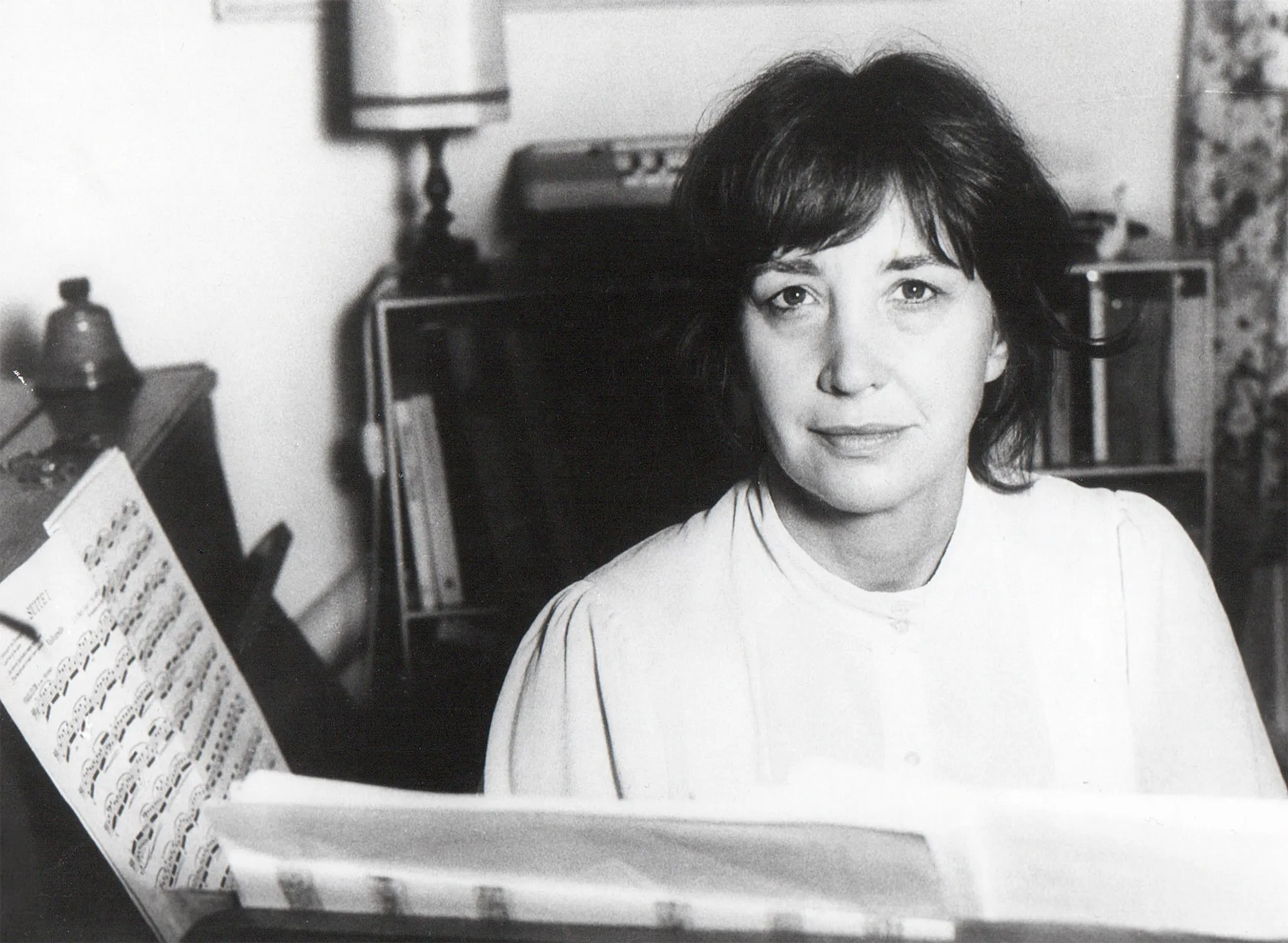
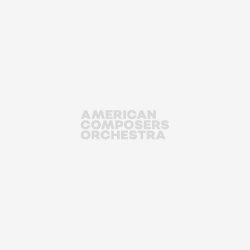


Duration:
16-20 minutes
18:22
Year Written:
1974
Instrumentation:
strings
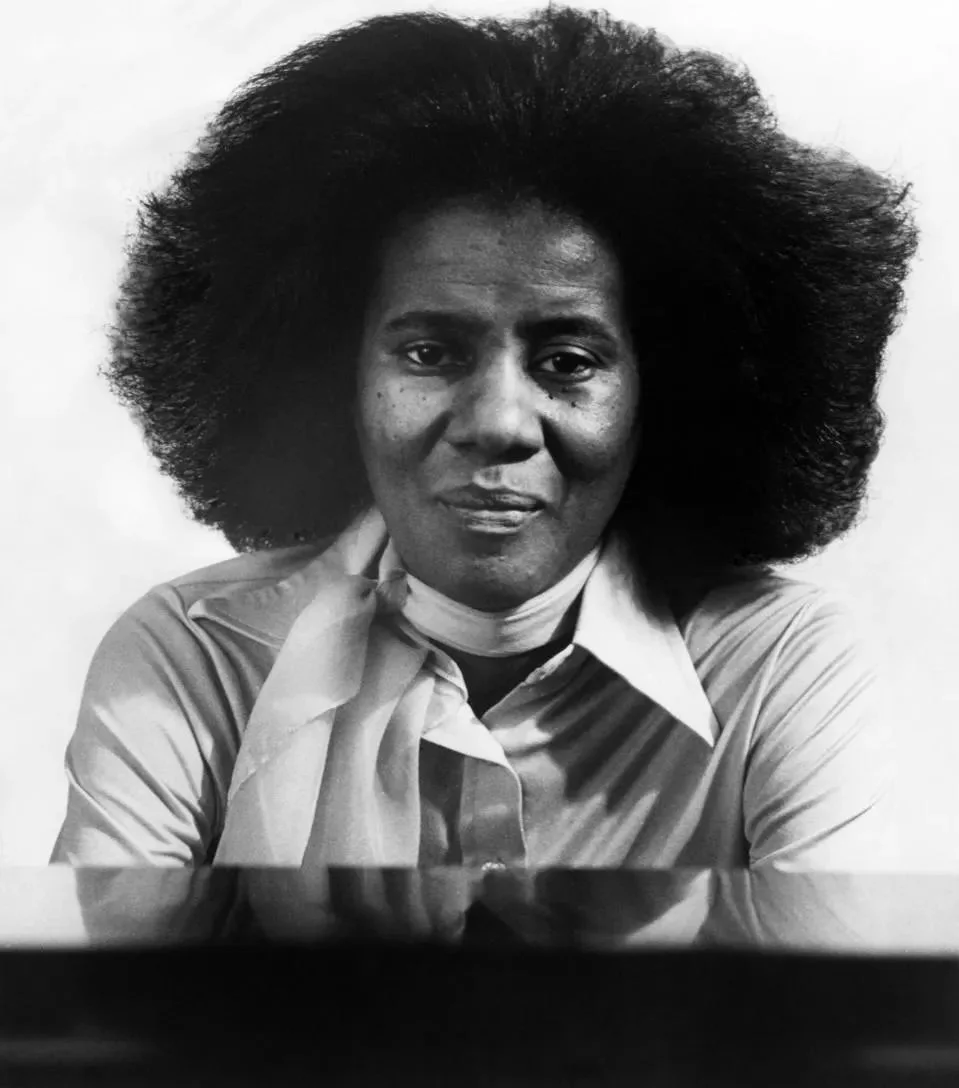
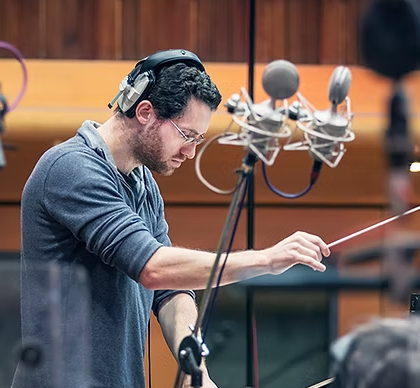

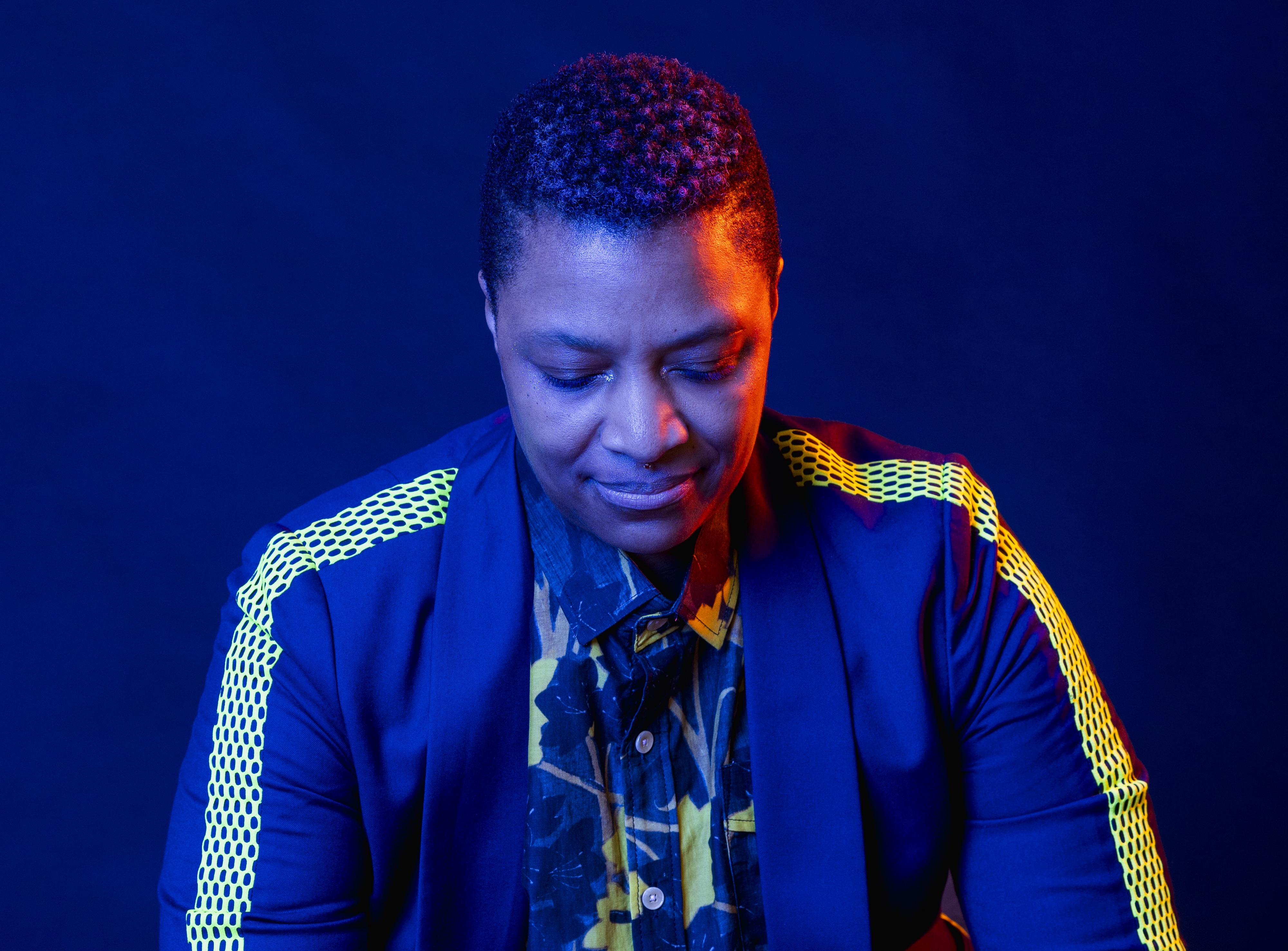
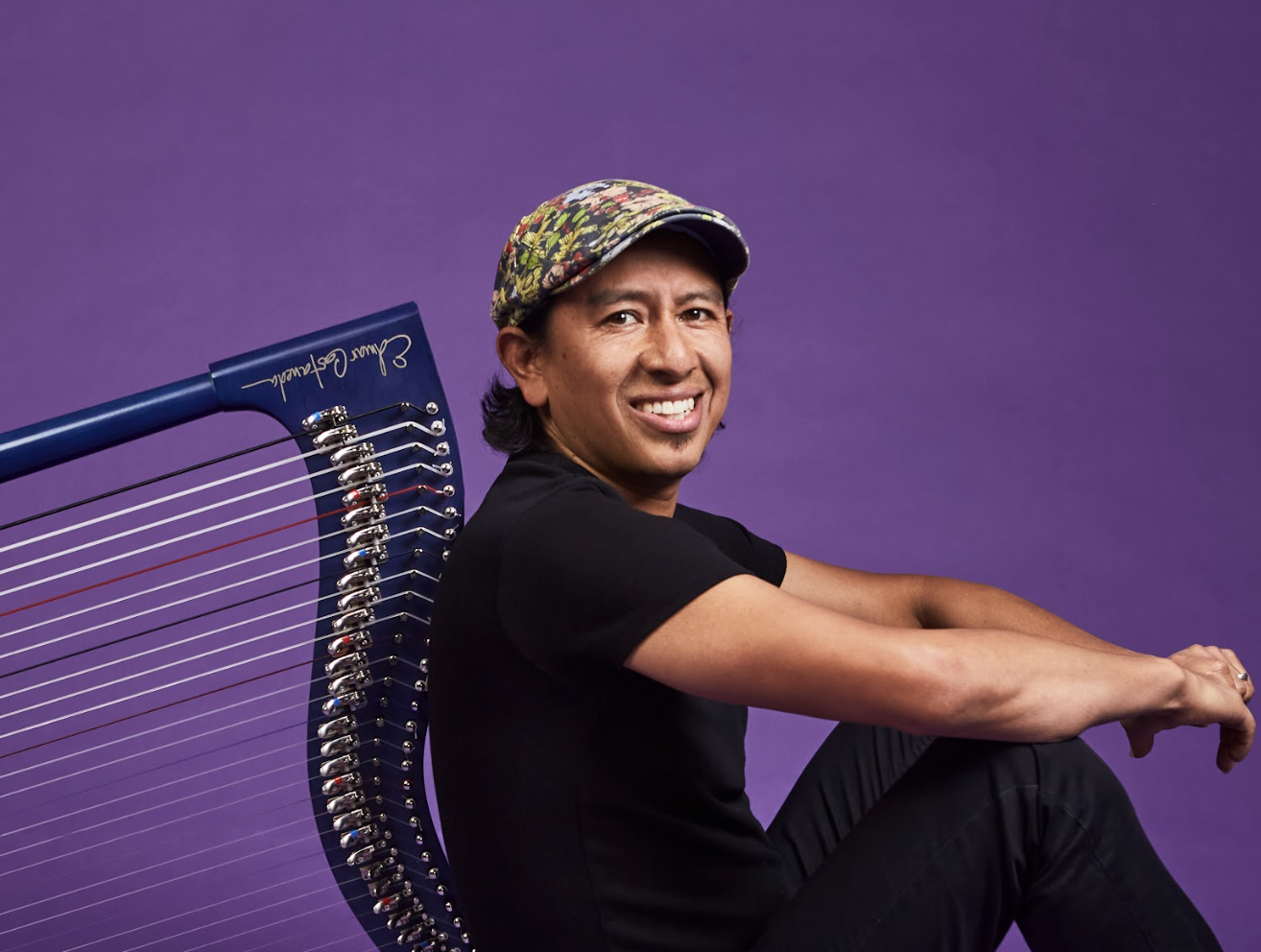













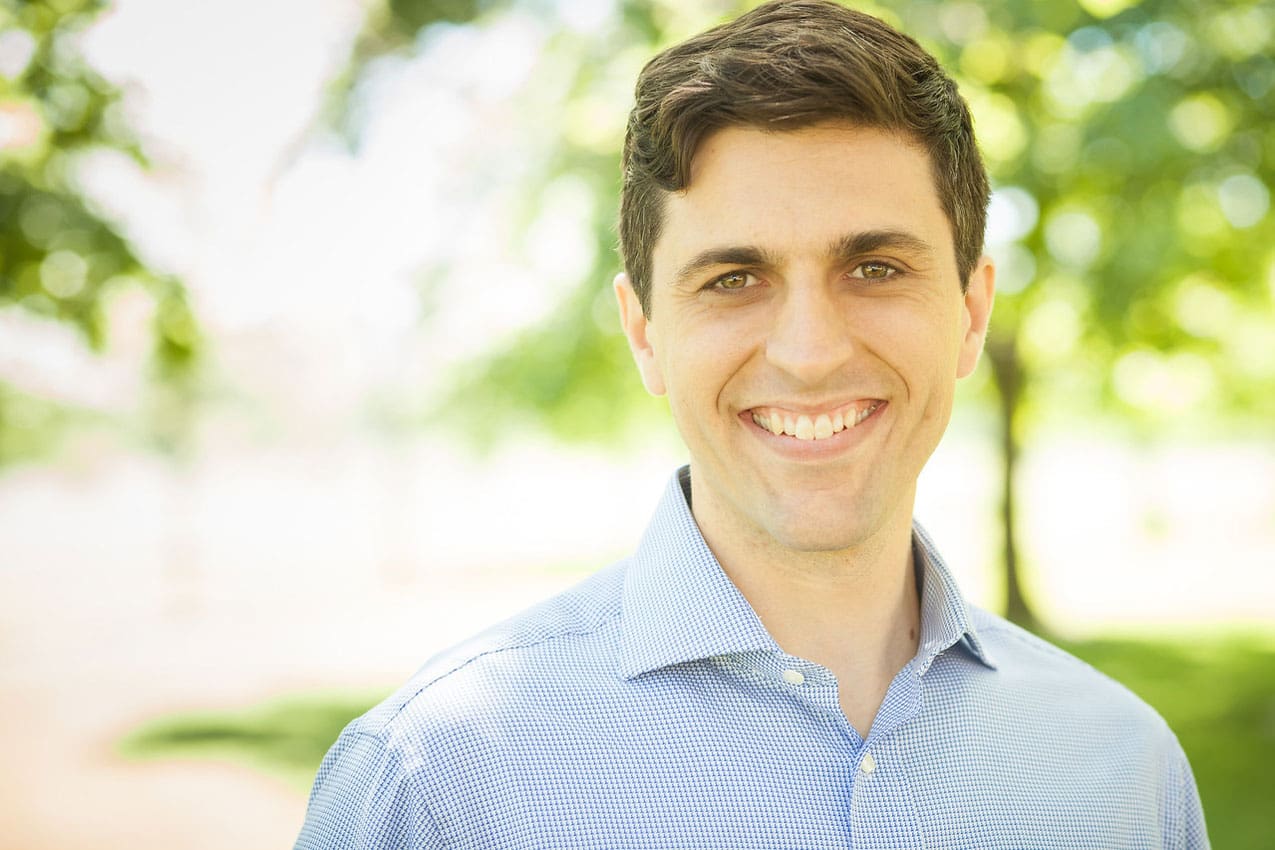



































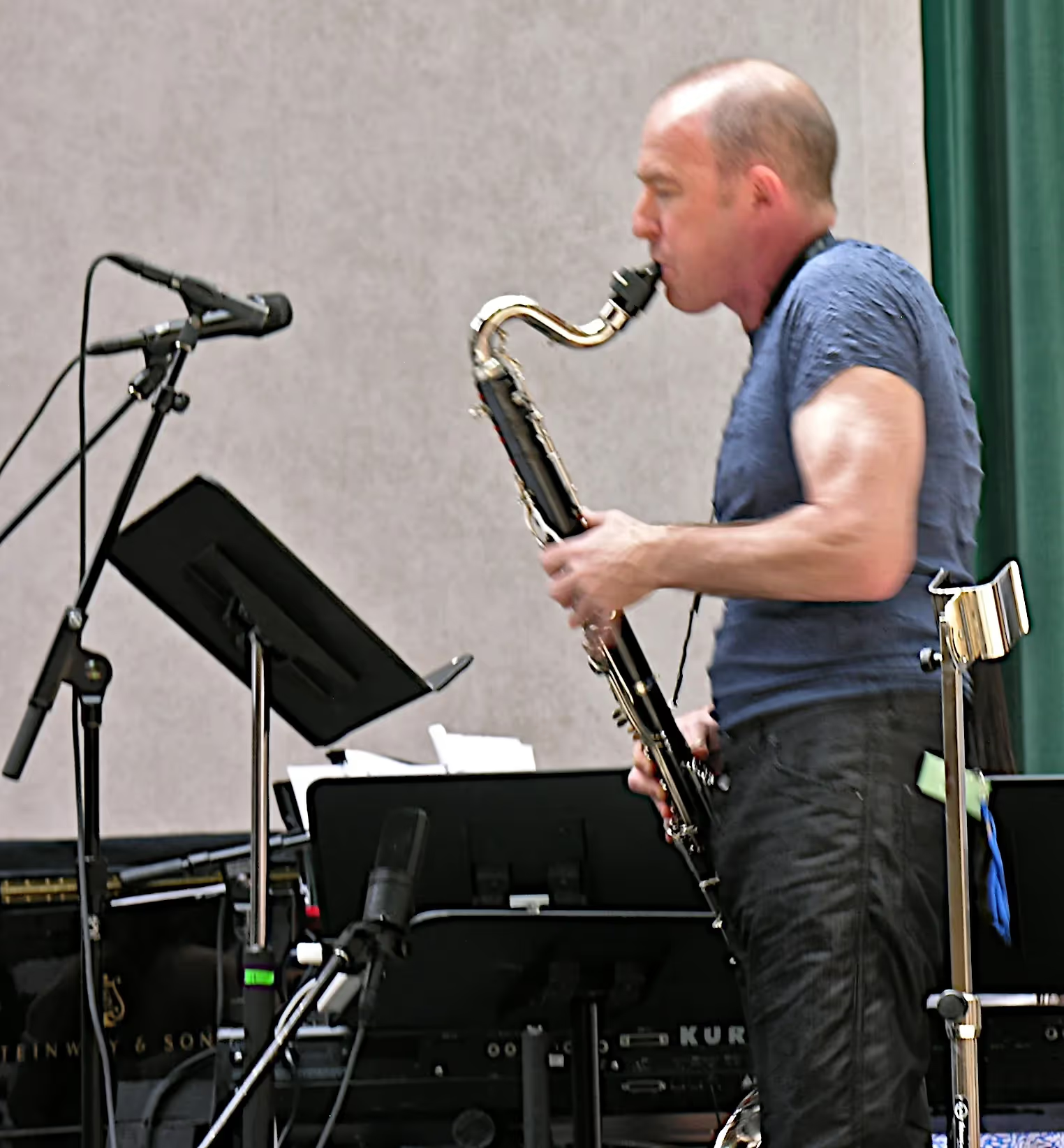
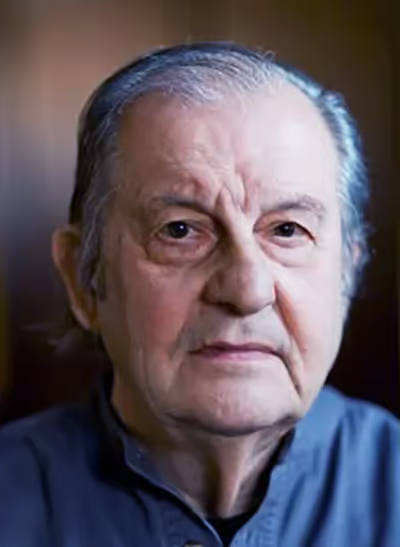

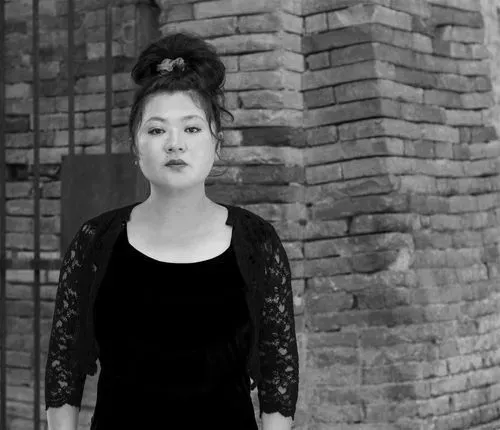
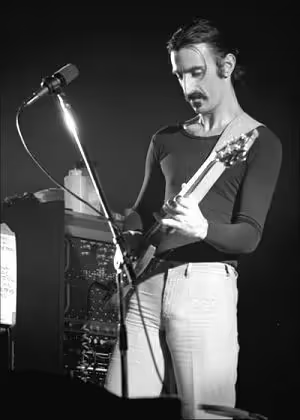
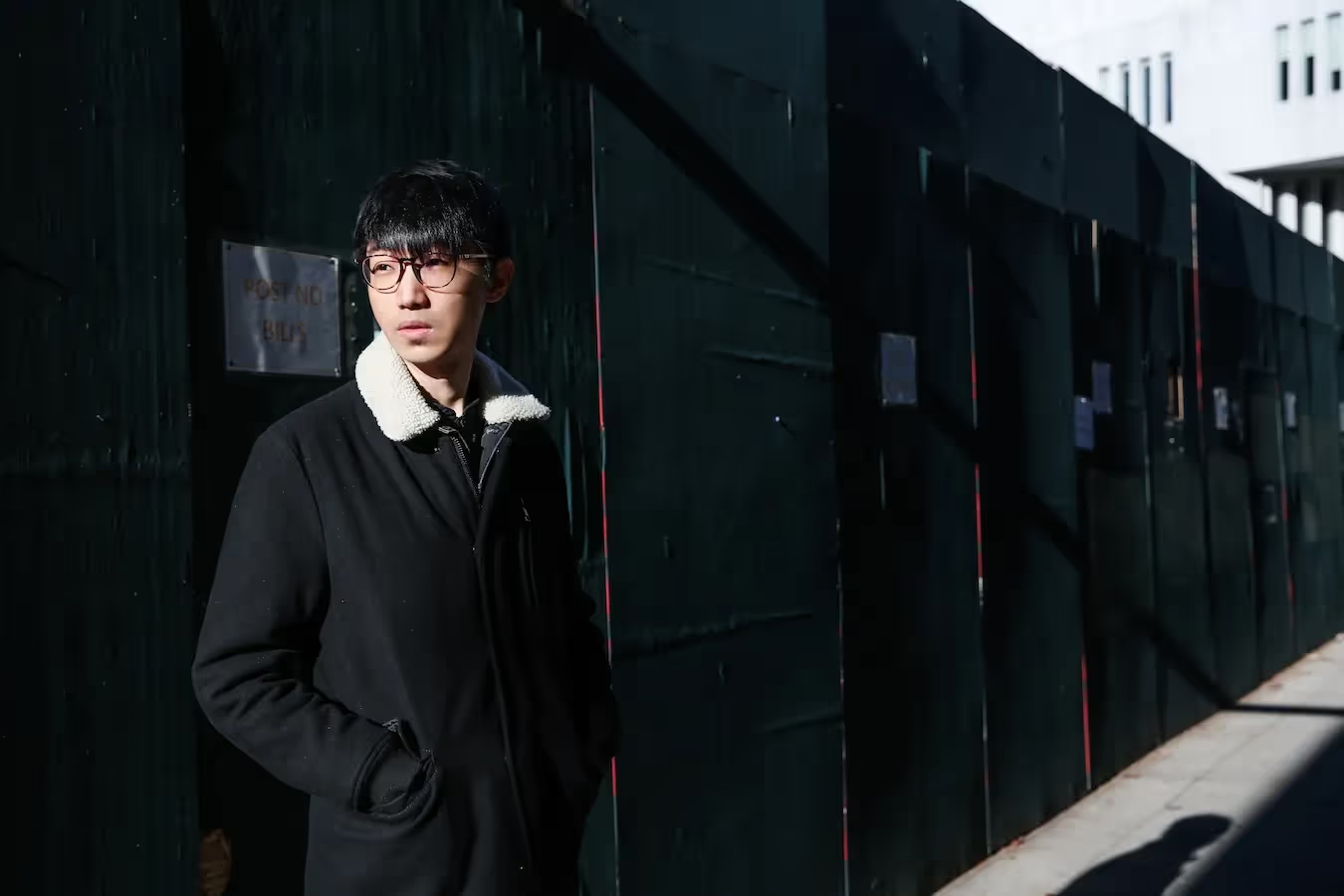
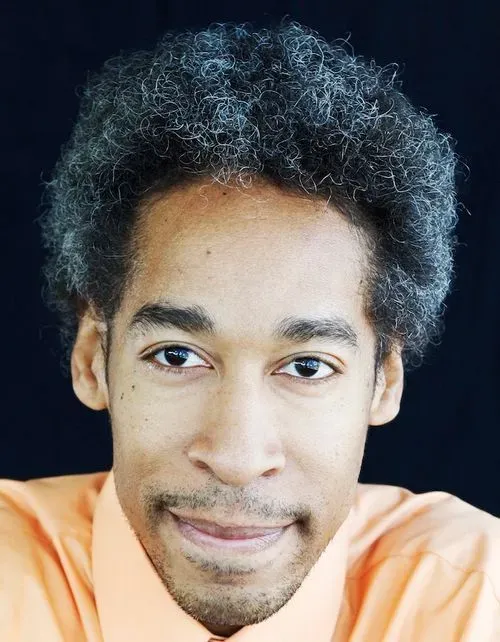
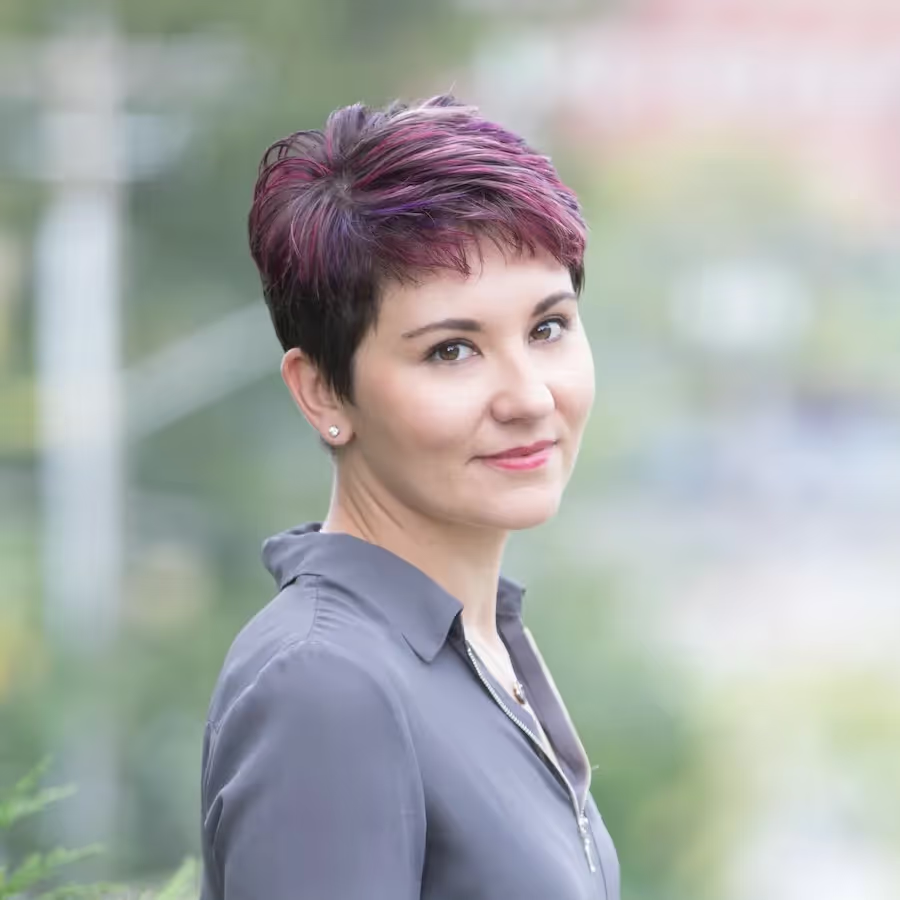

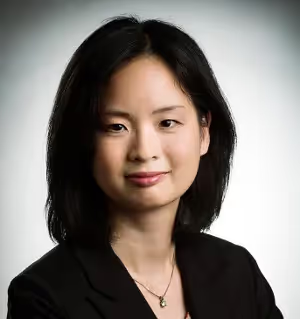
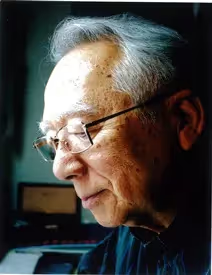
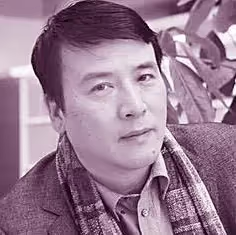
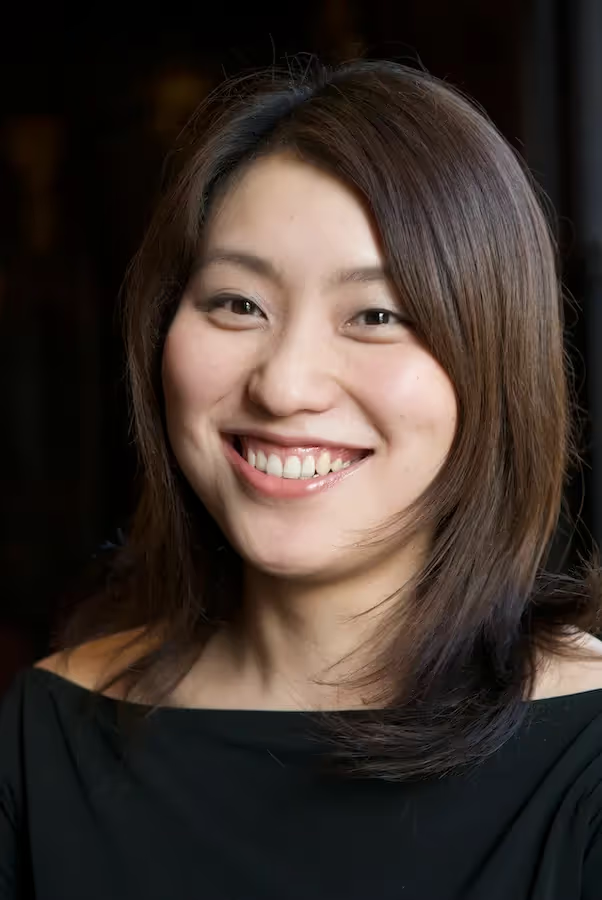

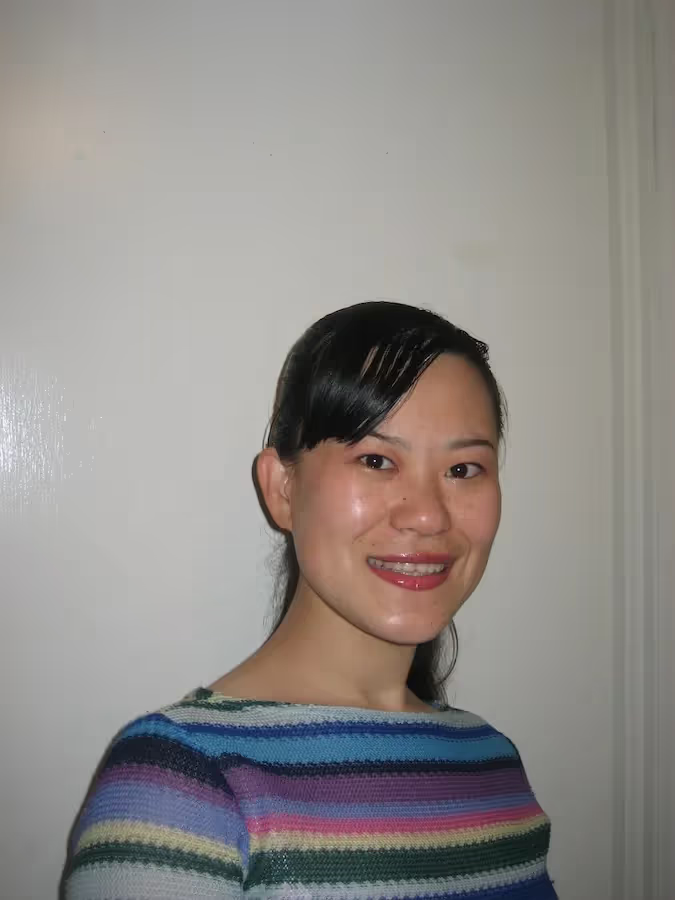
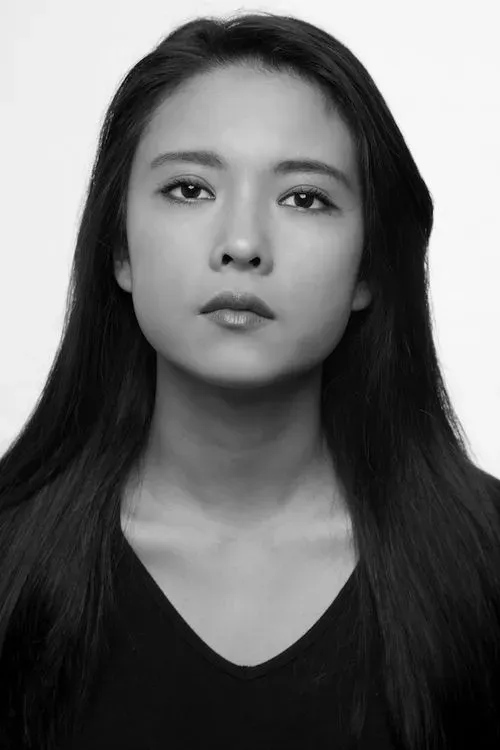
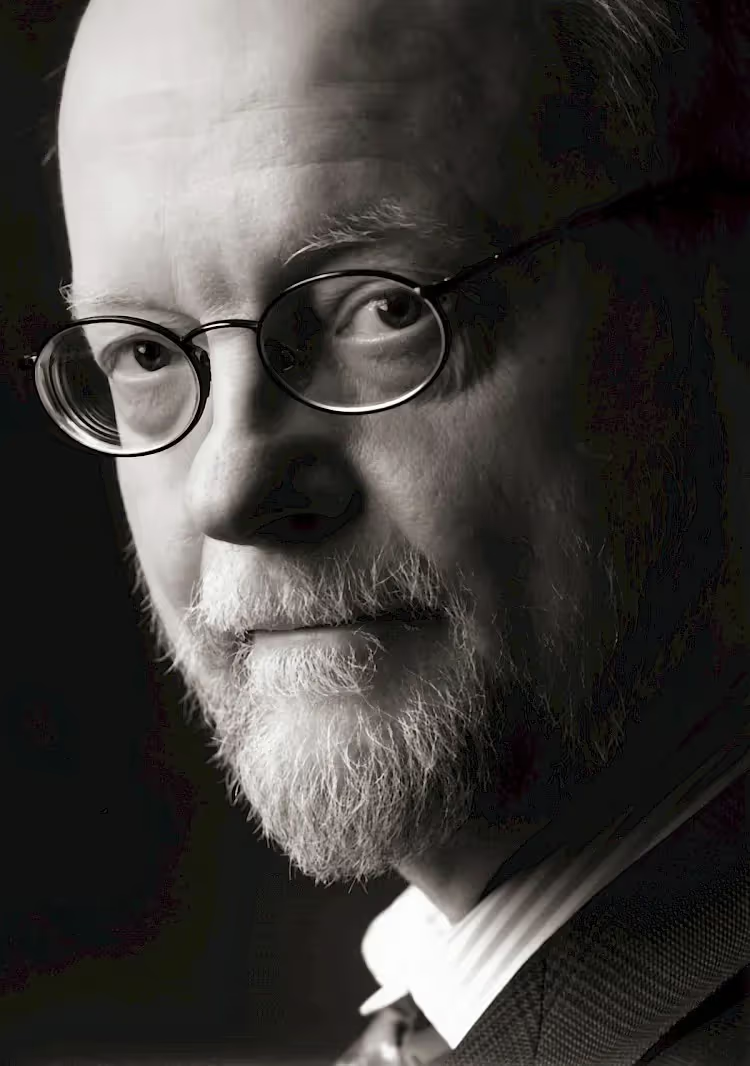
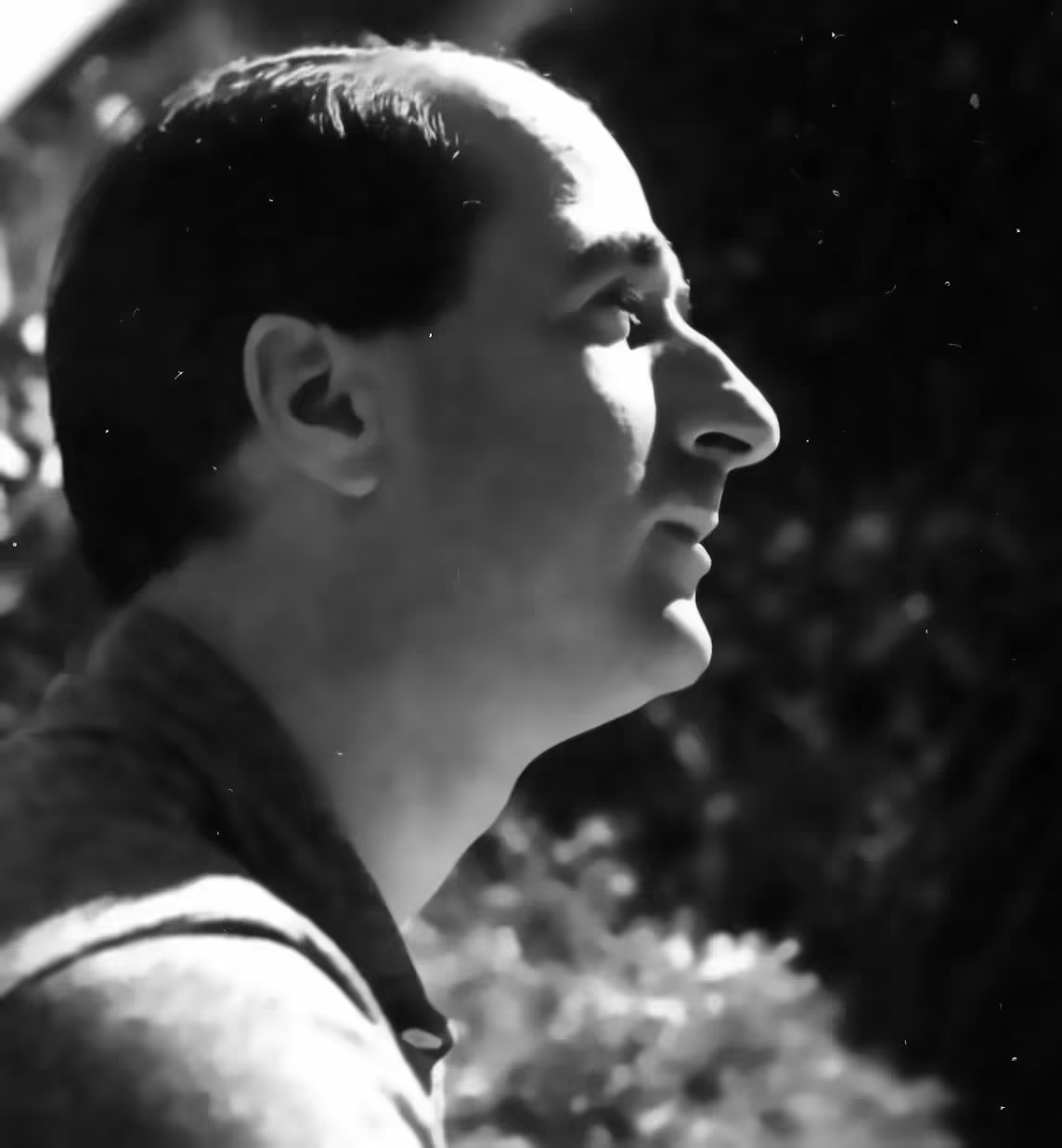
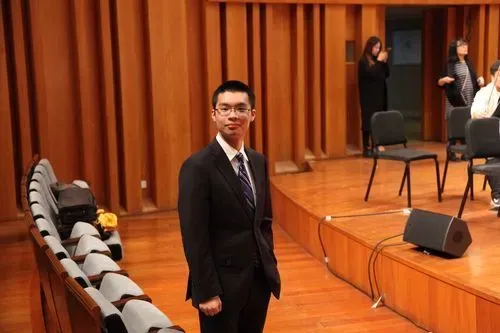
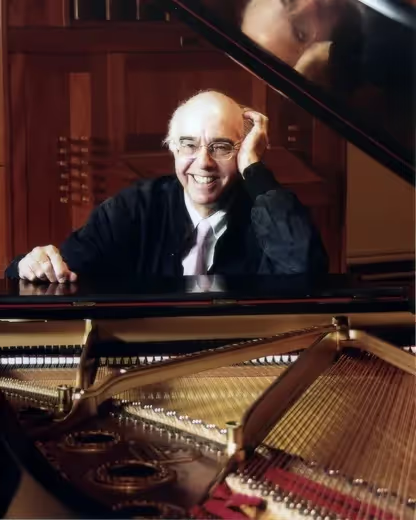
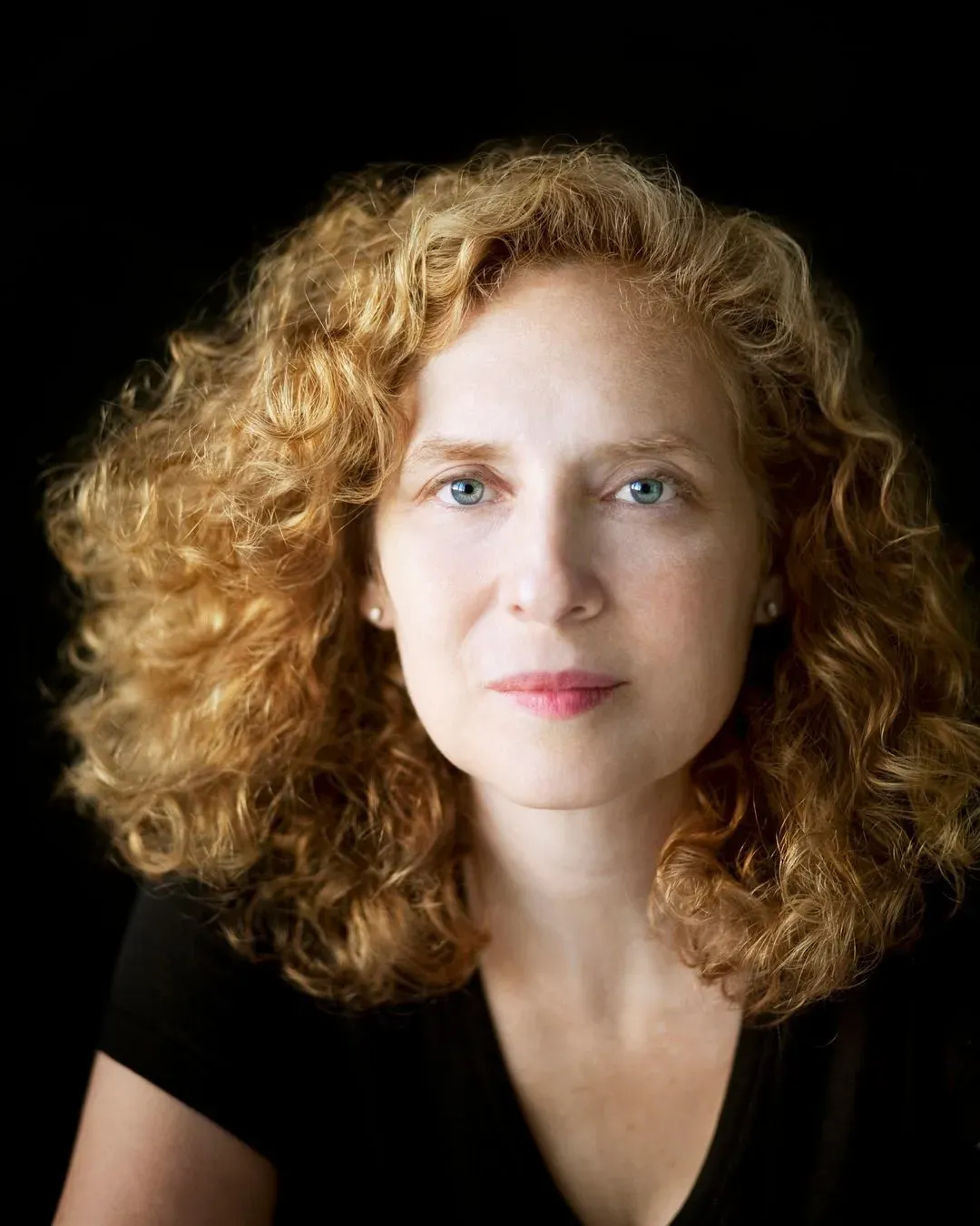
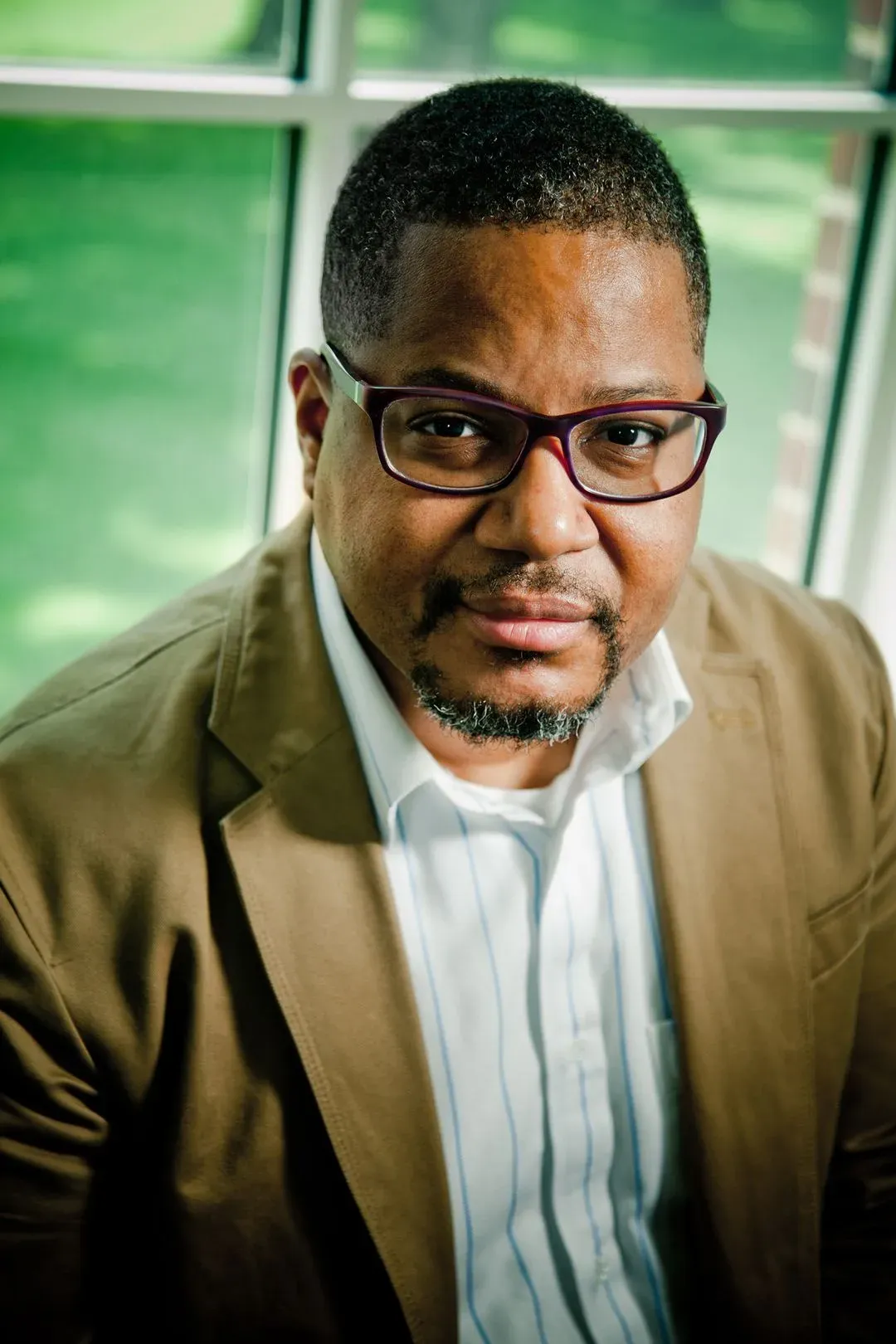
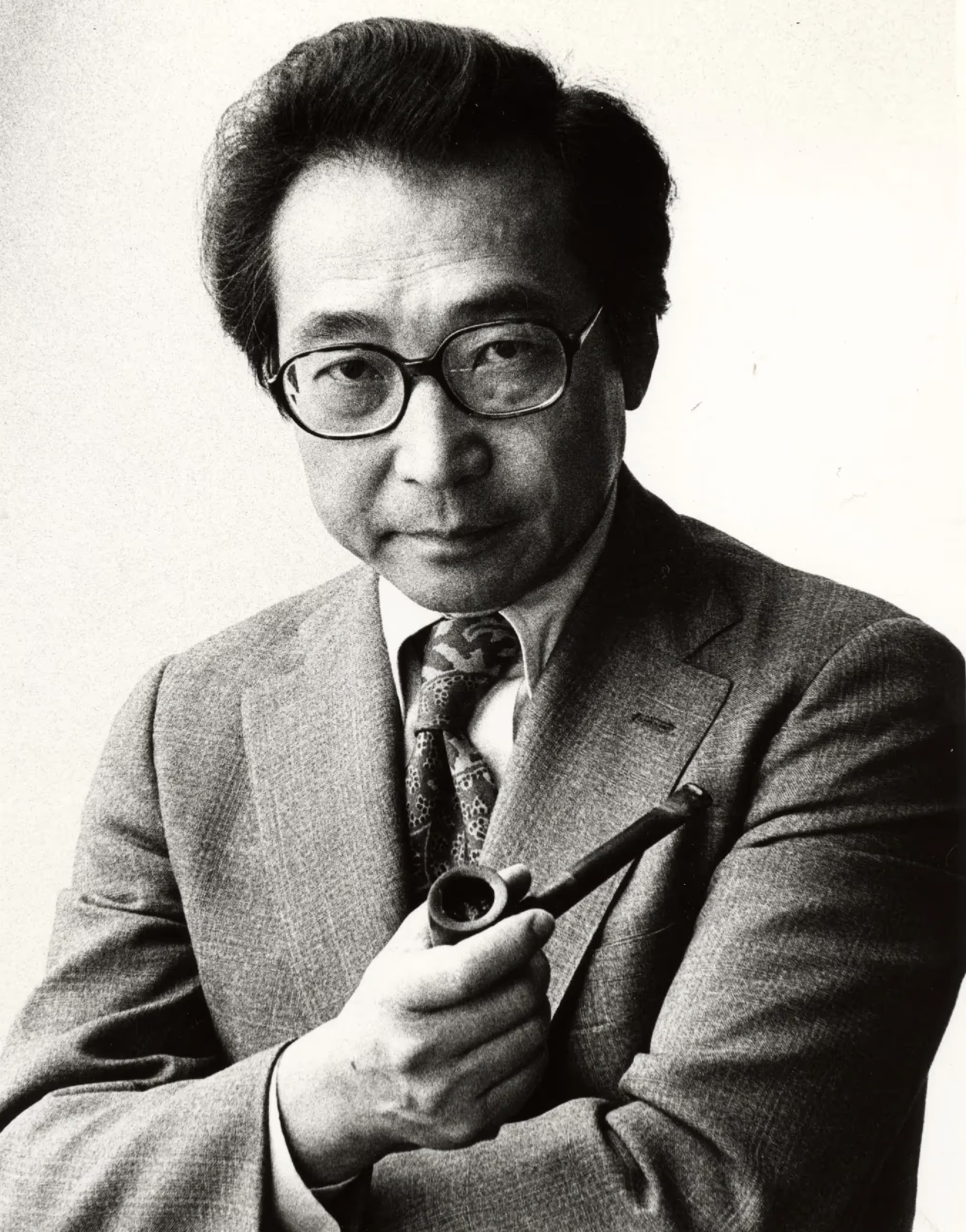
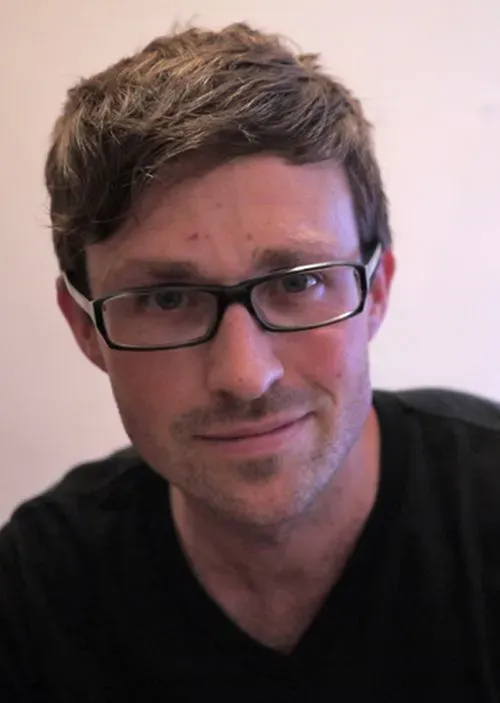
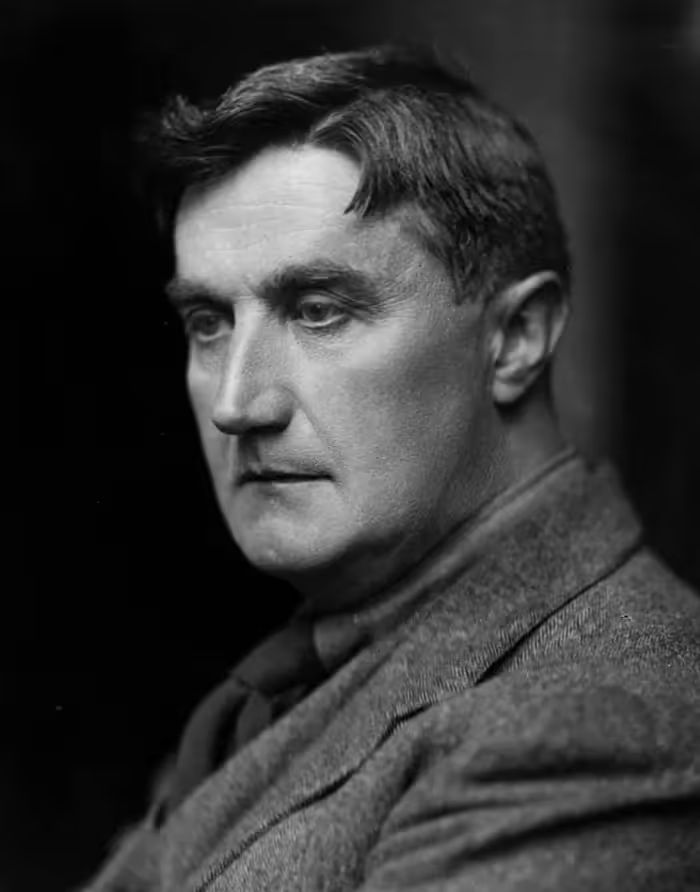
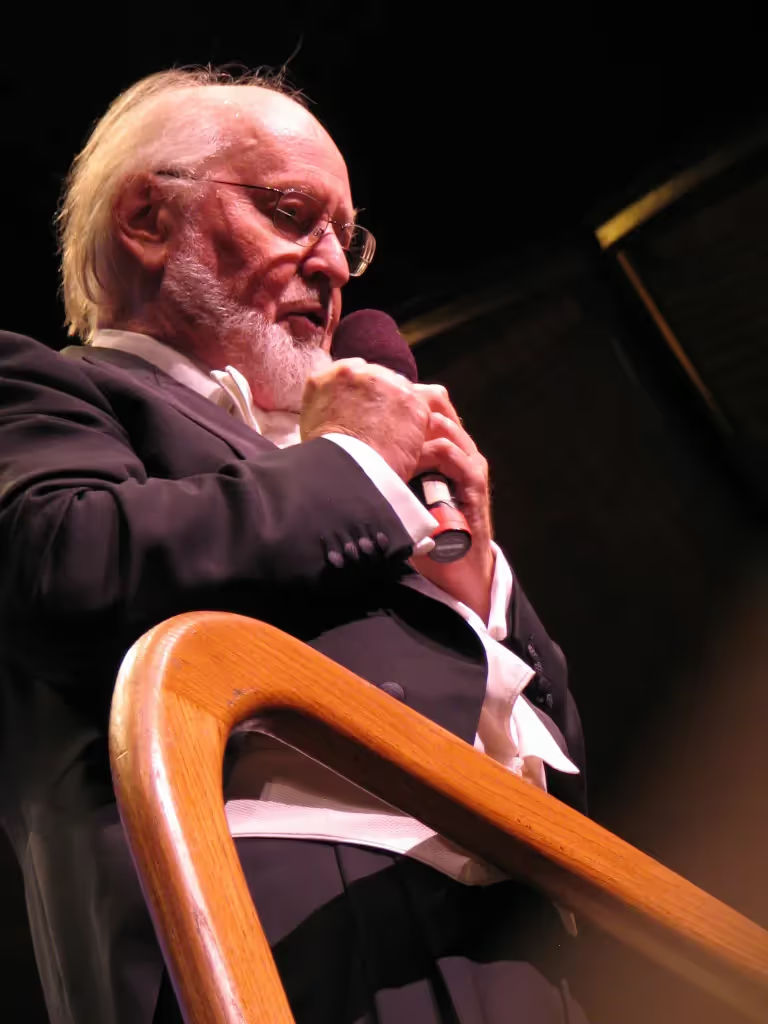
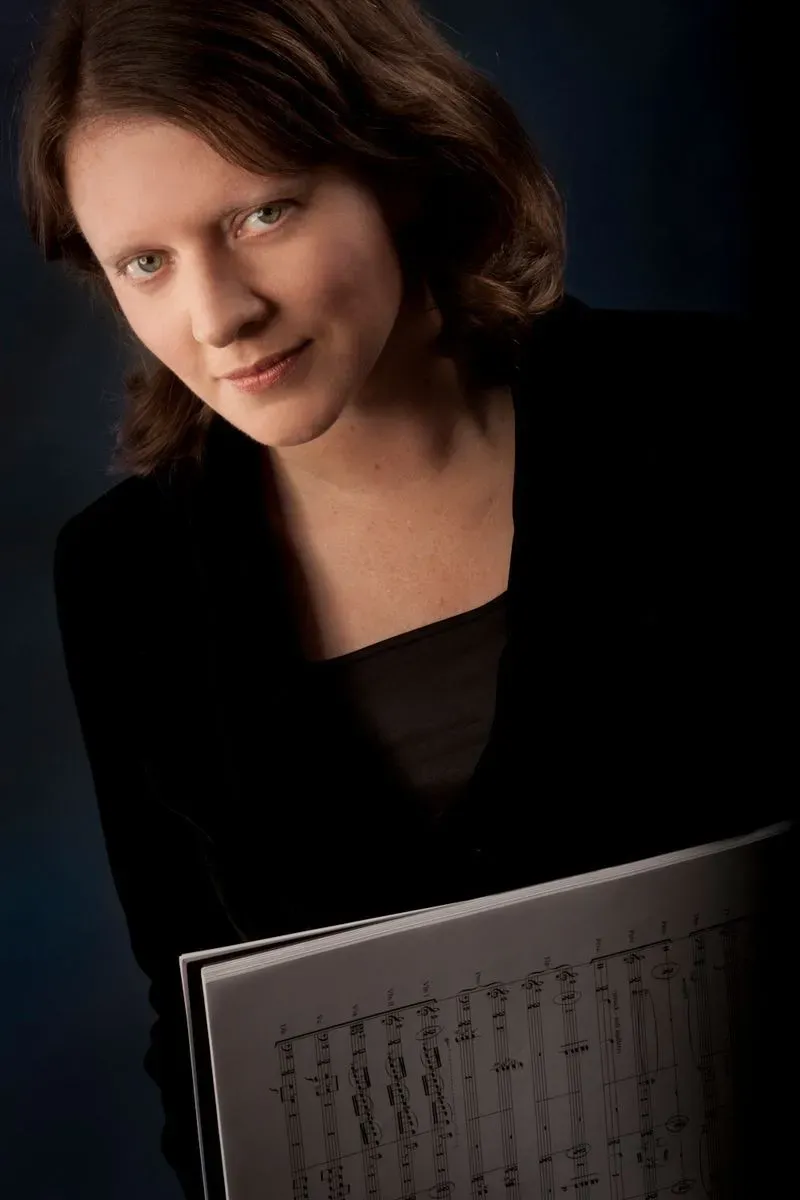
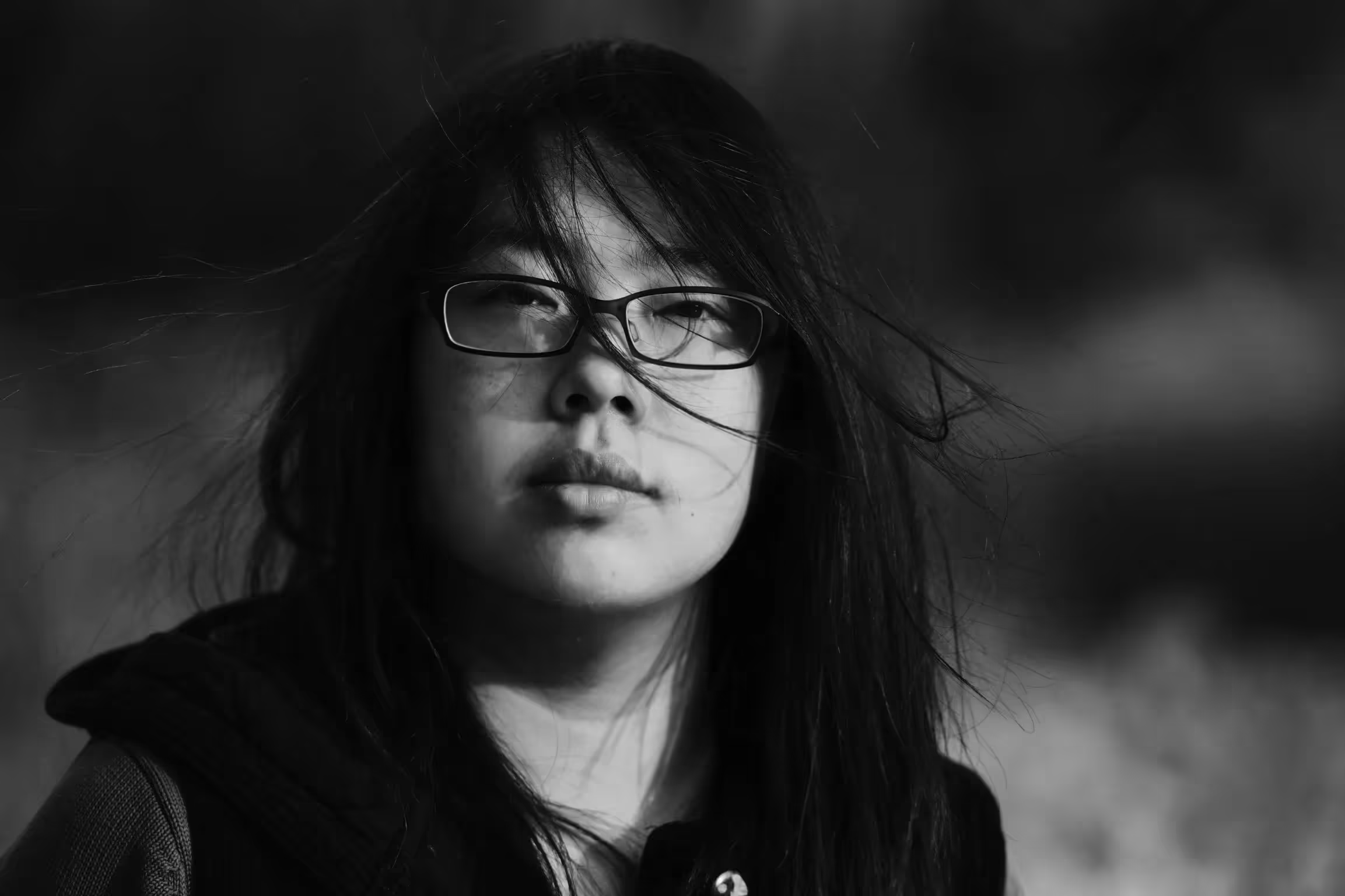
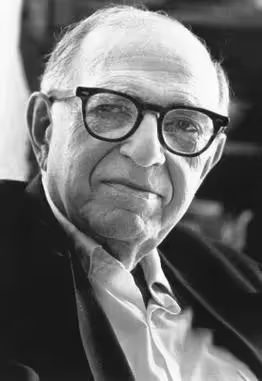
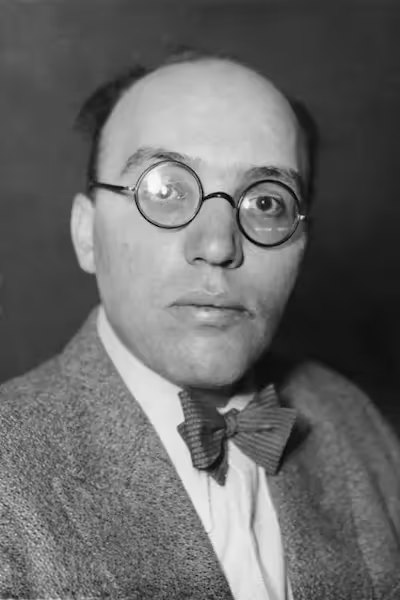
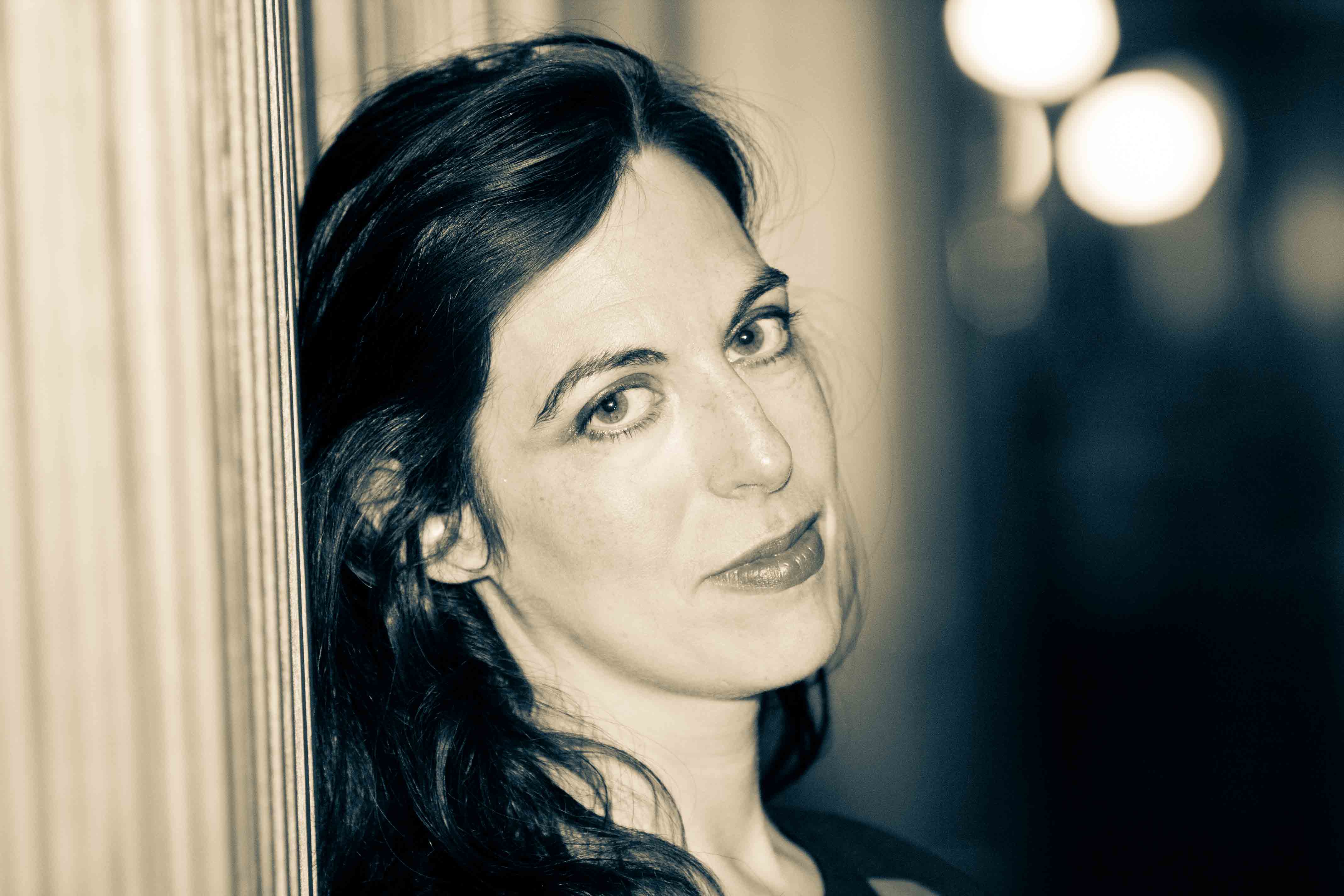
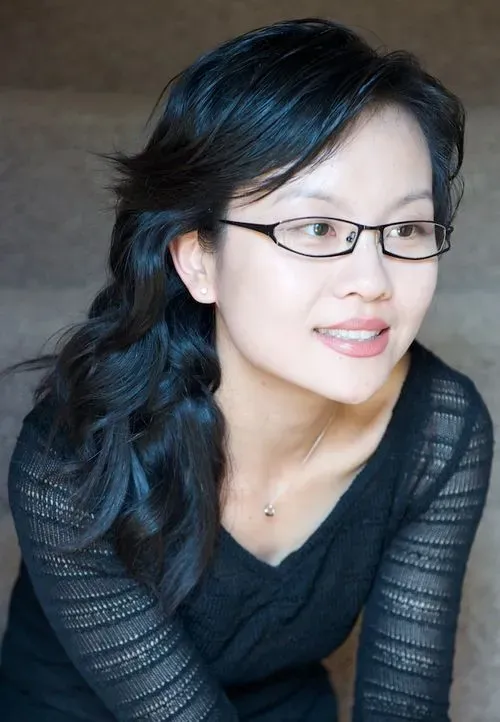
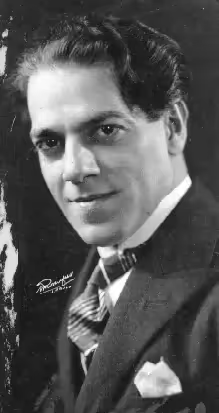
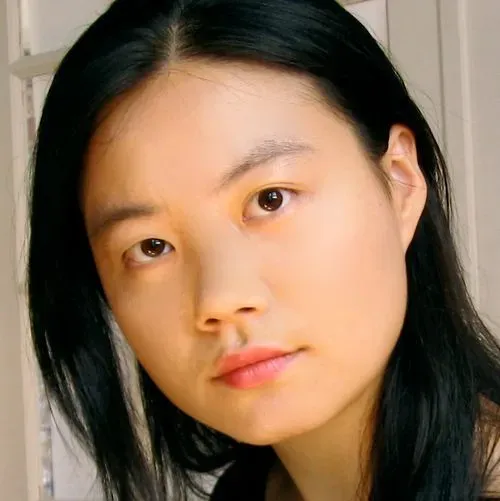


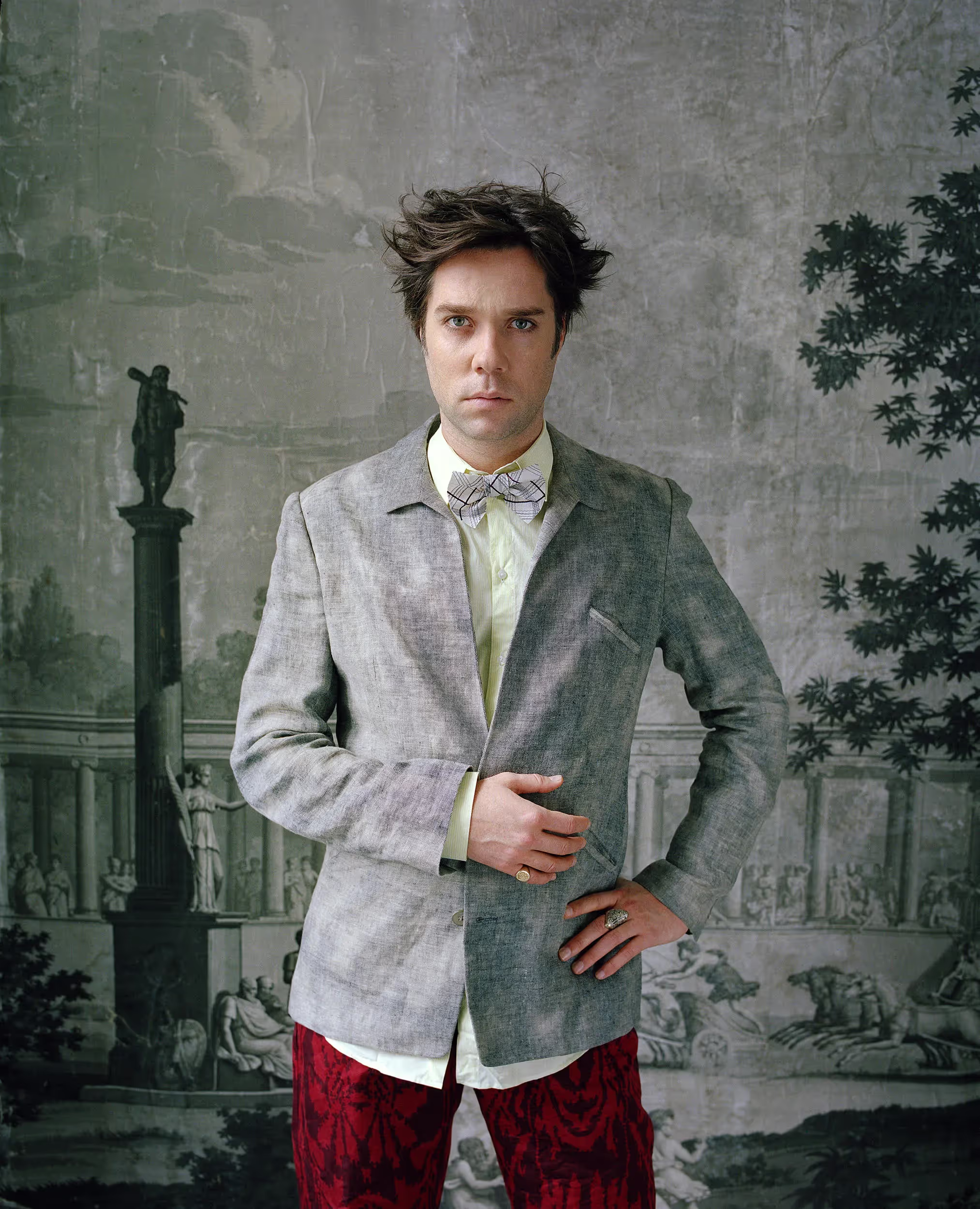
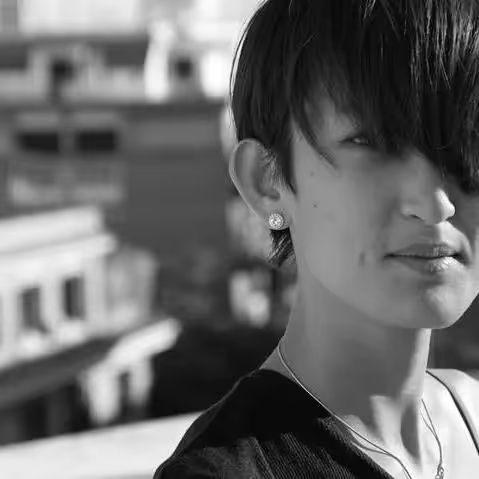
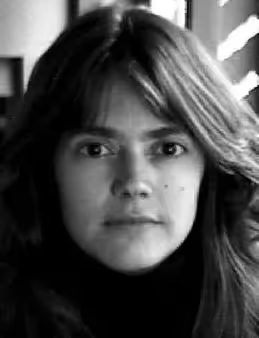
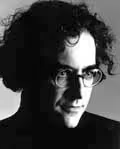
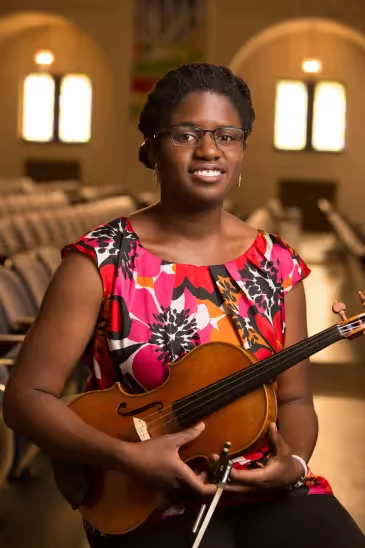
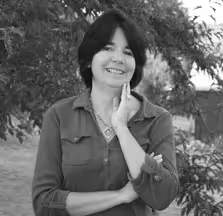
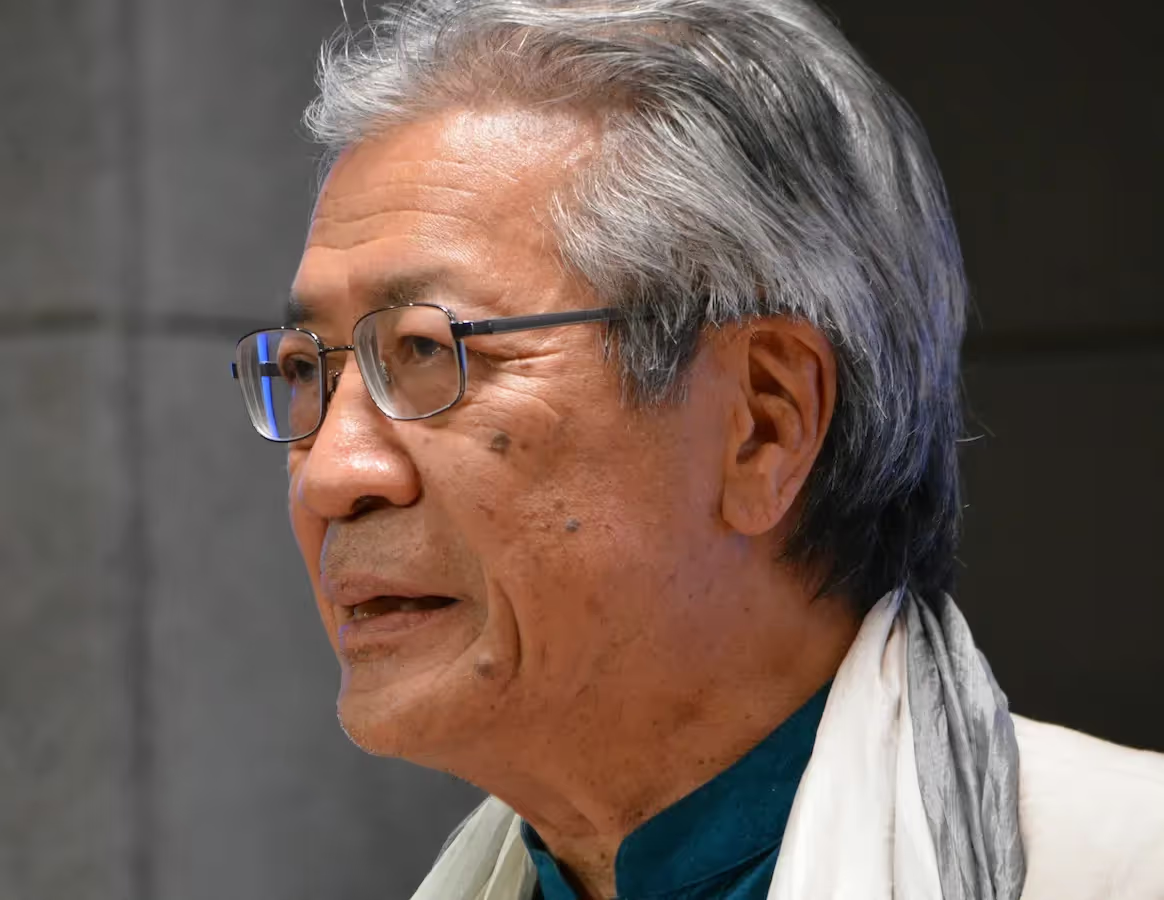
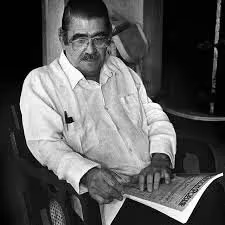

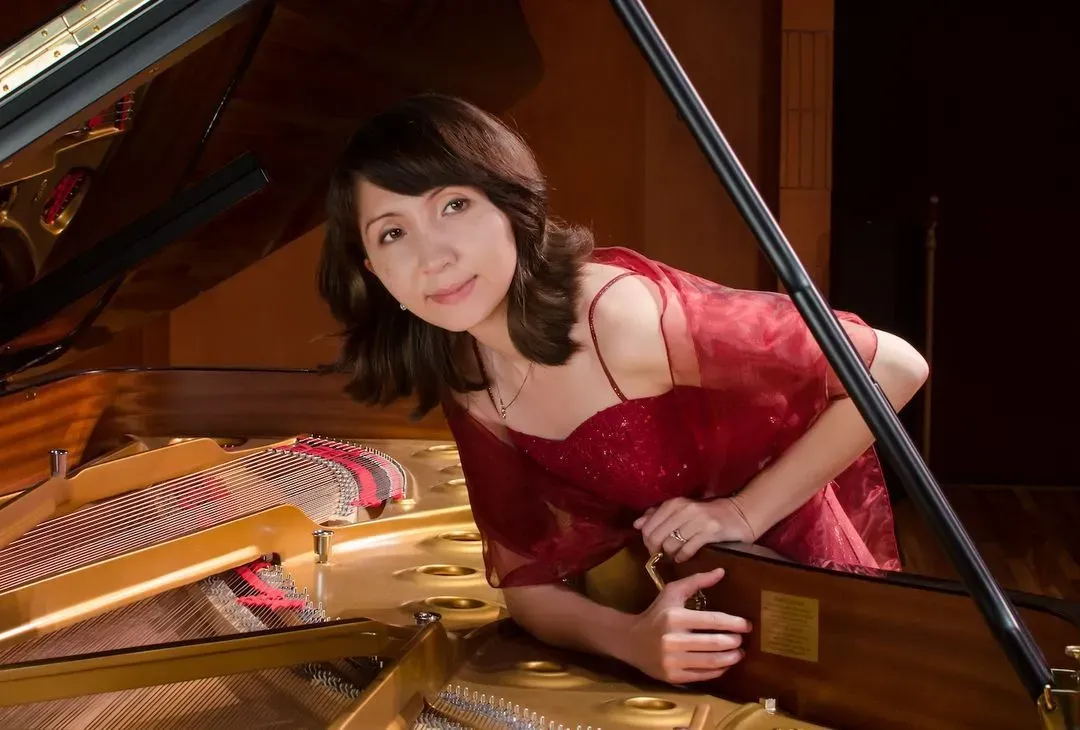
More information about this work please fill out the form below.
Thank you! Your submission has been received!
Oops! Something went wrong while submitting the form.
In 1962, Alexander Tcherepnin had written down several Chinese scales he had brought back from Peking and handed them to me saying, “You might want to use one of these scales someday.”
“Music on Open Strings” (Symphony No. 1) is a work for string orchestra commissioned by the Rhineland Chamber Orchestra in 1971. I composed a piece using the Chinese scale C, D flat, F, G flat, and B flat. Alas, it sounded to me like a pseudo Chinese piece. I tore it into pieces and went to bed. In the morning, I awoke with a new idea.
Could I retune all the strings of the orchestra to that scale? Yes, this was possible! I wrote a melody in a mosaic pattern. During the third movement I had the strings retune in canonic forms to normal tuning while playing. The final movement is in normal tuning. I used it vertically with waves of glissandi originating from the open strings in various rhythms.
During the rehearsal the musicians began to complain that there was no “melody” and it was too difficult to keep the rhythm without a conductor. Not wanting a poor performance, I took the piece off the concert and put it away on a shelf.
Upon telling Zygmunt Krauze, a Polish composer on tour in Munich about the piece I had written years ago, he advised me to send the score to the Warsaw Autumn Committee. This I did, and on September 20, 1978, it was scheduled for premier with the Polish Chamber Orchestra under Jerzy Maksymiuk.
However, during the first rehearsal in Poland, some of the musicians complained, saying that the music did not sound very beautiful on the raw open strings; but more important, it was impossible to play a gradual crescendo. There was one more rehearsal, and I would have to find a solution to the crescendo, agree with them to play it without open strings, or take it off the program. In this work the form and content are inter-dependent, so it would be senseless to perform it on stopped strings, and I would be forced to take it off the program.
I was a guest on the top floor of the old Paderewski Hotel in the center of Warsaw. That night I couldn’t sleep. Suddenly an idea came to me. Could I create a crescendo if the players loosened the hairs of their bows and tightened them little by little in the rests of the mosaic pattern?
I only had a few hours before the rehearsal that morning. It was 5 a.m. I had no instrument to try this out, as one cannot experiment in the limited time at rehearsals. I happened to glance out the window and saw a man with a case standing under the street light. Could it be a doctor? or a musician! The elevator was shut down for the night, so I ran down the long spiral staircase and out the door. There was no one in sight.
Searching the square, I suddenly saw him behind an advertising column. I tried talking to him but he spoke only Polish. Then I motioned to him as if playing a violin. He nodded, pointed to the column of a Krakow concert and pointed to his watch. I pointed to my name on the column and the concert date. We woke the night watchman from the hotel who translated the directions about loosening the hairs of the bow. The crescendo was possible!
Several hours later, I approached the concert master who seemed amused with the new approach. Jerzy Maksymiuk was in full agreement. The Polish Chamber Orchestra under Maksymiuk brought ’Music on Open Strings’ to the long awaited premier. Detlef Gojowy wrote in ‘Melos’, “It was hailed by the public as the cutting edge of experimental music. It is the beginning of the very origin of elementary musical material.”
“Music on Open Strings” (Symphony No. 1) is a work for string orchestra commissioned by the Rhineland Chamber Orchestra in 1971. I composed a piece using the Chinese scale C, D flat, F, G flat, and B flat. Alas, it sounded to me like a pseudo Chinese piece. I tore it into pieces and went to bed. In the morning, I awoke with a new idea.
Could I retune all the strings of the orchestra to that scale? Yes, this was possible! I wrote a melody in a mosaic pattern. During the third movement I had the strings retune in canonic forms to normal tuning while playing. The final movement is in normal tuning. I used it vertically with waves of glissandi originating from the open strings in various rhythms.
During the rehearsal the musicians began to complain that there was no “melody” and it was too difficult to keep the rhythm without a conductor. Not wanting a poor performance, I took the piece off the concert and put it away on a shelf.
Upon telling Zygmunt Krauze, a Polish composer on tour in Munich about the piece I had written years ago, he advised me to send the score to the Warsaw Autumn Committee. This I did, and on September 20, 1978, it was scheduled for premier with the Polish Chamber Orchestra under Jerzy Maksymiuk.
However, during the first rehearsal in Poland, some of the musicians complained, saying that the music did not sound very beautiful on the raw open strings; but more important, it was impossible to play a gradual crescendo. There was one more rehearsal, and I would have to find a solution to the crescendo, agree with them to play it without open strings, or take it off the program. In this work the form and content are inter-dependent, so it would be senseless to perform it on stopped strings, and I would be forced to take it off the program.
I was a guest on the top floor of the old Paderewski Hotel in the center of Warsaw. That night I couldn’t sleep. Suddenly an idea came to me. Could I create a crescendo if the players loosened the hairs of their bows and tightened them little by little in the rests of the mosaic pattern?
I only had a few hours before the rehearsal that morning. It was 5 a.m. I had no instrument to try this out, as one cannot experiment in the limited time at rehearsals. I happened to glance out the window and saw a man with a case standing under the street light. Could it be a doctor? or a musician! The elevator was shut down for the night, so I ran down the long spiral staircase and out the door. There was no one in sight.
Searching the square, I suddenly saw him behind an advertising column. I tried talking to him but he spoke only Polish. Then I motioned to him as if playing a violin. He nodded, pointed to the column of a Krakow concert and pointed to his watch. I pointed to my name on the column and the concert date. We woke the night watchman from the hotel who translated the directions about loosening the hairs of the bow. The crescendo was possible!
Several hours later, I approached the concert master who seemed amused with the new approach. Jerzy Maksymiuk was in full agreement. The Polish Chamber Orchestra under Maksymiuk brought ’Music on Open Strings’ to the long awaited premier. Detlef Gojowy wrote in ‘Melos’, “It was hailed by the public as the cutting edge of experimental music. It is the beginning of the very origin of elementary musical material.”
Recordings
No recordings found.
ACO PERFORMANCES
Where we Lost Our Shadows (2018-2019)
Recording
Journey
Neither man nor money validate my worth
Water Sings Fire - Excerpt
The Winter that United Us
Song of the Flaming Phoenix: Symphonic Poem for Sheng and Orchestra by Fang Man
Words for Departure for choir and orchestra by Hilary Purrington
No Thing Lives to Itself by Robin Holcomb
Red Dirt | Silver Rain (excerpt)
Bolero/Bachata from Tumbao
"Tumbao" Movement 1 "Salsa"
Yvette Janine Jackson Interview with Garrett McQueen
Mark Adamo + Jeffrey Zeigler in conversation with Garrett McQueen
Weathering by George Lewis
Lisa Bielawa: Sanctuary, Violin Concerto. mvt 3
Lisa Bielawa, Sanctuary, Violin Concerto mvt 2
Lisa Bielawa, Sanctuary, Violin Concerto mvt 1
Prophecy in Reverse by Paula Matthusen
Invisible Portals by Dai Wei
Tuxedo: Vasco 'de' Gama (2020) by Hannah Kendall
Restless Oceans by Anna Clyne
Viet Cuong + Victor Caccese of Sandbox Percussion in conversation with Garrett McQueen
Hello, Tomorrow! - Yvette Janine Jackson
Interview with Guillermo Klein
Chrystal E. Williams & Felipe Hostins in Conversation with Loki Karuna
Rei Hotoda in Conversation with Curtis Stewart
Kaki King and D. J. Sparr in Conversation with Curtis Stewart
Kaki King /D J Sparr - The Divided Mind from Modern Yesterdays
Kaki King - Puzzle Me You from Modern Yesterdays
Kaki King - Can’t Touch This or That or You or My Face from Modern Yesterdays
Kaki King - God Child from Modern Yesterdays
Materia Prima by Carlos Bandera
Floodplain by Ellen Reid
Fate Now Conquers by Carlos Simon
Her Land, Expanded by Tonia Ko
Right Now - John Glover/Kelley Rourke
Lowak Shoppala' (Clans) by Jerod Tate
Jazz Symphony by George Antheil
Spirituals for String Orchestra: 10. Homage To Ravel (An Arrangement of “Balm in Gilead”) by Steven R. Gerber
Frailejón by Samuel Torres
Demografía acústica: % / Acoustic Demography: % by Sofía Scheps
Dirty Ice by Madeline Merwin
Kaleidoscope by Eunsung Kim
Statements- a journal entry by Malachi Brown
After the Freeze by Anuj Bhutani
Hommage à Khāleqī by Daniel Sabzgabaei
Mimi's Song by Amy Nam
Gia Đình by Oswald Huỳnh
Rencontres by Brittany J Green
I forgot to say good morning today by Henry Dorn
Feast of Particles by Younje Cho
Fetters by Yuqin Strucky Yi
Increment by Will Stackpole
Restrung by Tommy Dougherty
Ashes and Embers by Yuting Tan
Wraith Weight by Elijah Smith
Bolghar by Adeliia Faizullina
Persephone by Patrick Holcomb
Tomas Peire Serrate: Rauxa
Lowak Shoppala' (Clans) by Jerod Tate
Right Now by John Glover & Kelley Rourke
Fate Now Conquers by Carlos Simon
Carlos Simon in Conversation with Garrett McQueen


